By Arnold Blumberg
In March 1939, Adolf Hitler dissolved the Republic of Czechoslovak, incorporating its lands into the Third Reich. As a consequence, much military equipment fell into the hands of the Wehrmacht, including 469 armored fighting vehicles. Among these were 298 LT vz 35 and 80 LT vz 38 tanks, which became critical additions to the German Army’s armored force during the opening stages of World War II.
The LT vz 35, or Lekhy Tank vzor Light Tank Model 1935, was manufactured by the Skoda and Ceskamoravska-Kolben-Danek (CKD) firms. The innovative pneumatically assisted steering and suspension systems made the 11.6-ton vehicle easy to drive. Frontal armor was 25mm, while side armor measured 16mm. Each tank was armed with a Skoda A3 37mm cannon and two 7.92mm machine guns. Its crew consisted of four members: two in the turret and two in the hull compartment. Powered by a six-cylinder 120hp Skoda T-11 engine, the Model 35 could reach cross country speeds of 15 miles per hour and road speeds of 24 miles per hour. Range was 71 miles cross country and 120 miles on roads.
The LT vz 35’s design contained one major flaw: the steering system was unreliable in winter conditions. As a result, CKD created the LT vz 38, replacing the 35’s pneumatic apparatus and simplifying the suspension to compensate for the lost pneumatics. This improvement allowed the Model 38 to easily negotiate rugged terrain. Armor and crew complement were comparable to that of the LT vz 35, but the cannon was upgraded to the more powerful Skoda A7 37mm. Fitted with the 125hp Praga EPA six-cylinder engine, the LT vz 38 had a maximum speed of 25 miles per hour. Its road range equaled 120 miles, and cross-country range was 84 miles. These improvements made the LT vz 38 the best light/ medium tank of its day, as events during the first two years of World War II would demonstrate.
During the summer of 1939, the German Army integrated these tanks into its light panzer divisions. These armored formations were created as stopgap operational units with capabilities that fell between powerful but untested panzer divisions and those of the less powerful but proven motorized divisions. The LTs were redesignated by the Germans as PanzerKampfwagen (PzKw) 35(t) and 38(t); the postscript (t) denoting the place of origin as Tschechoslowakei, German for Czechoslovakia. Both vehicles soon gained a reputation for ruggedness; the PzKw 38(t) acquired the moniker “Robuste Fahrzeuge” (Robust Vehicle) from its German crews.
A total of 202 PzKw 35(t)s were available for Case White, the Nazi invasion of Poland in September 1939. They were assigned to Panzer Battalion 65, part of the 1st Light Panzer Division, and the Independent Panzer Regiment 11. This amounted to 10.5 percent of the armor deployed by Germany in the Polish operation.
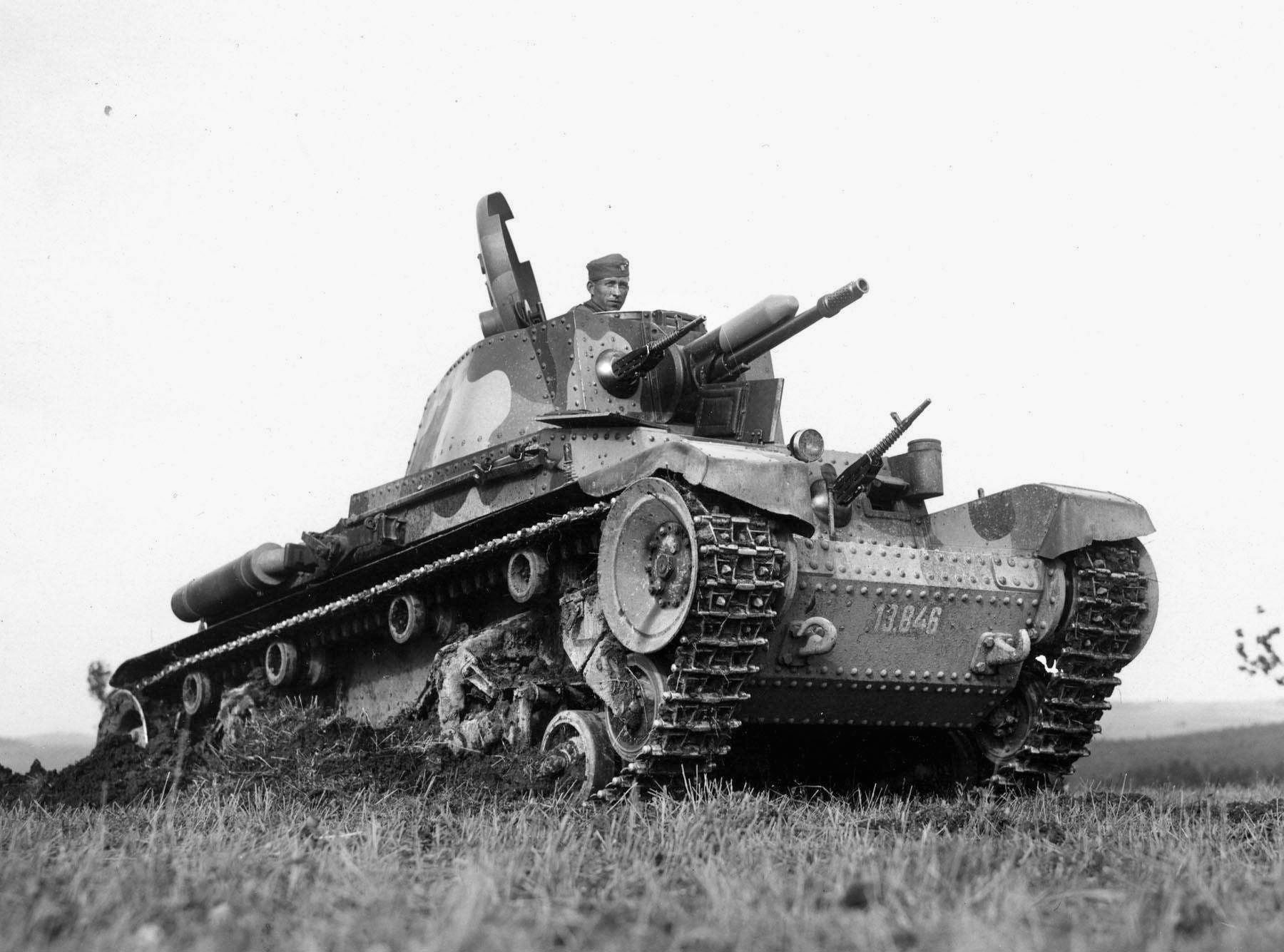
The battle record of the 1st Light Panzer Division was noteworthy. Of the 221 tanks in the unit, 112 were PzKw 35(t)s, the remainder being the less effective PzKw Is and IIs. The division was responsible for trapping more than 60,000 Polish troops near the Bug River during the third week of September 1939.
A remarkable feature of the German conquest of Poland was the low loss of Czech armor. Only seven Czech PzKws, or 2.75 percent of the 218 tank losses reported by the Wehrmacht, were destroyed in the campaign. Another 70 were temporarily put out of action due to mechanical issues. The sterling performance of the 35(t) in Poland brought forth demands for more of them to join the rapidly growing panzerwaffe as quickly as possible.
In October 1939, the 1st Light Panzer Division with the 11th Panzer Regiment was redesignated the 6th Panzer Division. It took 132 35(t)s into the Battle of France. Assigned to XXXXI Korps (motorized), part of Panzer Gruppe von Kleist, these vehicles participated in the attack through the Ardennes Forest. In this operation 44 35(t)s were destroyed and replaced by 35 of that same type. They took part in Case Red, the attack on the remnants of the French Army which commenced on June 4, 1940. During the campaign, 62 PzKws were put out of action and beyond repair.
For the invasion of the Soviet Union on June 22, 1941, the 6th Panzer Division had 160 PzKw 35(t)s to support 4th Panzer Group’s drive on Leningrad. By September 10, only 102 were operational despite having received two replacement orders from Germany. At the end of October of the same year only 34 were combat fit. A report dated November 30, 1941, stated no 35(t)s were available for action.
By the start of the 1942 campaign season, German production of the 35(t) had been suspended. Creation of spare parts for the vehicle had also been stopped. The reasons for these actions had been made plain by the fighting in Russia: general unreliability in the cold weather conditions, thin armor, and poor firepower. Upon transfer to France in April 1941, the 6th Panzer Division was reequipped with German tanks. The remaining 26 35(t)s in working order were sold to Rumania. Those which could not be put back in the field were converted to ammunition carriers or artillery tractors by using their chassis after their turrets and hull machine gun were removed.
Like the PzKw 35(t) tank, the 38(t) model did very well in the German war against Poland. A good example can be found in the actions of the 3rd Light Panzer Division early in the conflict. Spearheaded by its battalion of 59 38(t)s, the unit made an immediate impact on the operation by destroying the Polish Krakow Cavalry Brigade near the town of Wozniki on September 1, 1939, the very first day of the conflict. Soon thereafter, the division went on to participate in the encirclement and subsequent surrender of the Polish 7th Infantry Division at Czestochowa.
The Pzkw 38(t)s next saw service in the invasion of Norway. Due to seaborne transportation limitations, the Germans were only able to commit one battalion (100 tanks of the 40th Panzer Battalion), of which 15 were PzKw 38(t)s, to the operation. The remainder were Pkzw 35(t)s. The Czech tanks operated well in the harsh mountainous terrain found in Norway. The unit’s principal success was achieved at the Battle of Tretten.
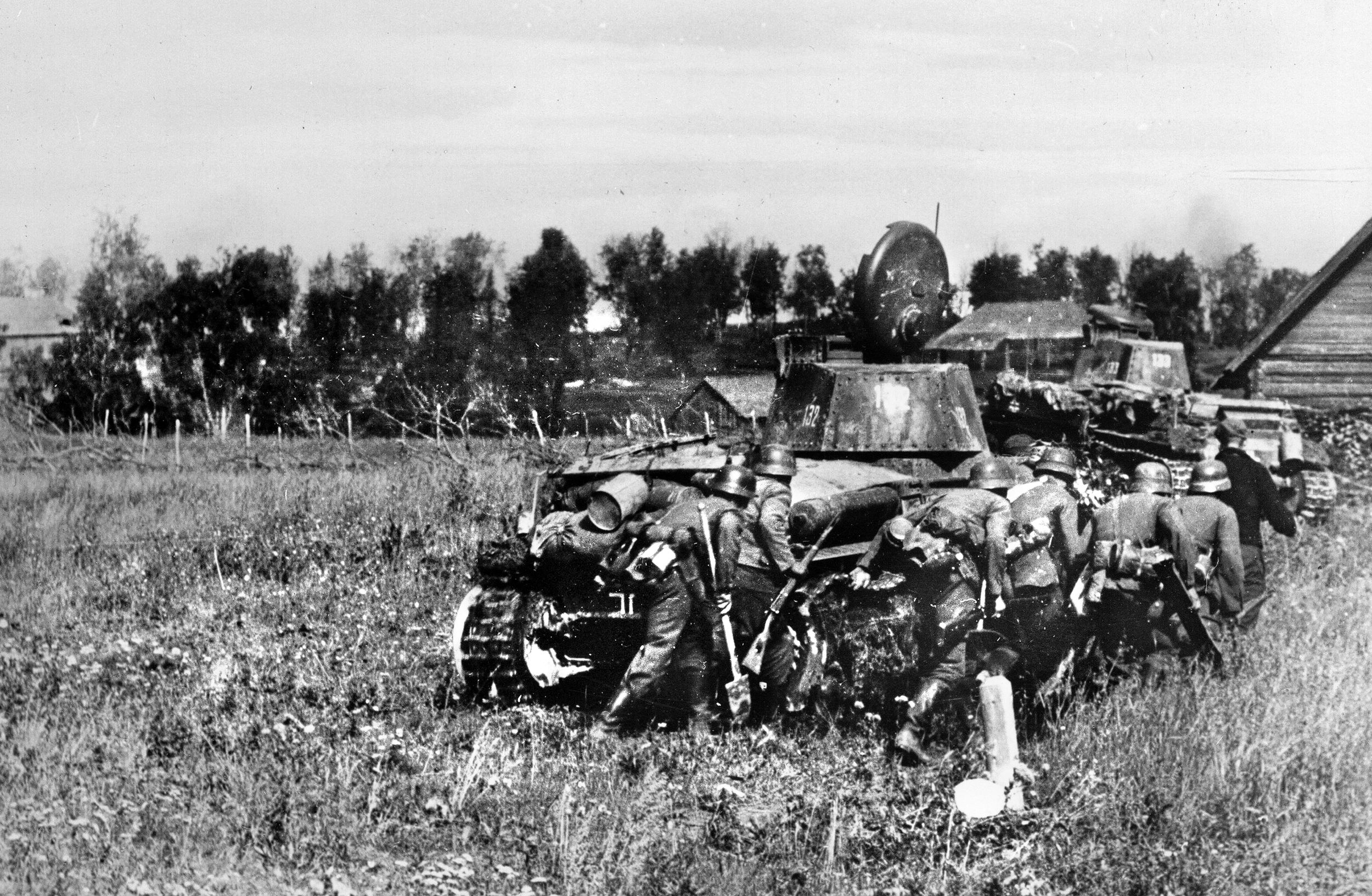
A successful German drive on the cities of Dombas and Trondheim depended on crossing the Lagen River defended by British and Norwegian troops, particularly at the bridge located at the town of Tretten. The bridge was the sole practical crossing point for armor and supplies needed to sustain the Nazi effort to conquer south-central Norway. Allied infantry held the bridge and the hills overlooking it and had defied repeated German attempts to take the span. On April 23, 1940, PzKw 38(t)s from the 40th Panzer Battalion arrived on scene. Able to move over rough country, the tanks flanked the defenders at the bridge and hill positions, forcing the British to retreat that evening toward Dombas. Near that place on April 28, the dug-in Allies resisted a number of German infantry attacks. The impasse was finally broken when once more the tanks of the 40th Panzer Battalion went around the defenders’ flanks, forcing an Allied retreat to Dombas. The eventual British sea evacuation from central Norway, April 30 to May 1, soon followed.
Case Yellow, the German invasion of France, beginning May 10, 1940, introduced the newly formed German 6th, 7th, and 8th Panzer Divisions to combat. In the forefront of the assault were Czech tanks: PzKw 35(t)s in 6th Panzer Division and PzKw 38(t)s as part of the 7th and 8th Panzer Divisions. A total of 228 PzKw 38(t)s along with the available 35(t)s made up 13 percent of the tanks fielded by the Panzerwaffe that took part in the conquest of France during the summer of 1940. Under General Erwin Rommel, commander of the 7th Panzer Division, the full capabilities of the PzKw 35(t) and 38(t) were showcased in May and June of 1940.
From the northern fringe of the Ardennes Forest, Rommel and his “Phantom Division” drove for the Meuse River on May 12. There his PzKw 38(t)s easily defeated a force of French H35 and AMR 35 tanks. Bursting out of his Meuse River bridgehead on May 14, Rommel drove west, defeating the French 1st Cuirasee (DCR) at the tank battle of Flavion on May 15. The nimble PzKw 38(t)s ran circles around the heavier and better armed French Char B Tanks, disabling the heavier enemy vehicles by firing lethal rounds into the enemy tanks’ ventilator systems and tracks. By May 16, the elimination of France’s only mobile reserve north of Sedan was a fact.
After the Battle of Flavion, Rommel continued his push to the English Channel, engaging the British at the Battle Arras and French forces until he reached the coast. His loss in tanks was minor.
The Western campaign, especially the Battle of Arras, where German tanks were not able to compete against British Matilda I and II infantry tanks sporting 40mm cannon and 80mm frontal armor, showed that a larger gun was needed on German armored fighting vehicles. The PzKw III, with its 50mm and later 75mm gun, became the main German battle tank for the next three years. However, 149 PzKw 35(t)s and 623 PzKw 38(t)s, or 23.2 percent of the entire German tank strength, all part of the complement of the 6th, 7th, 8th, 12th, 19th, and 20th Panzer Divisions, went into battle against the Soviet Union on June 22, 1941. Czech tanks were able to defeat Red Army light tanks of the BT series and the T-26s. But Soviet medium T-34s and heavy KV I and 2 tanks proved more problematic.
By the start of the 1942 summer Russian campaign, production of the 35(t) and spare parts for the machine had ceased. The winter of 1941-42 had shown that the vehicle was unsuitable for the cold conditions in Russia. Further, its armor and fire power were inadequate against the Russian models.
Throughout 1941 in Russia, Czech tanks which had performed so well the year before were by necessity used as mere decoys when facing Soviet tanks like the T-34. The superior tactical skills possessed by German armored crews could not overcome the massive technical advantage held by Russian machines sporting much heavier protective armor as well as heavier-hitting main guns such as the 76.2mm cannon.
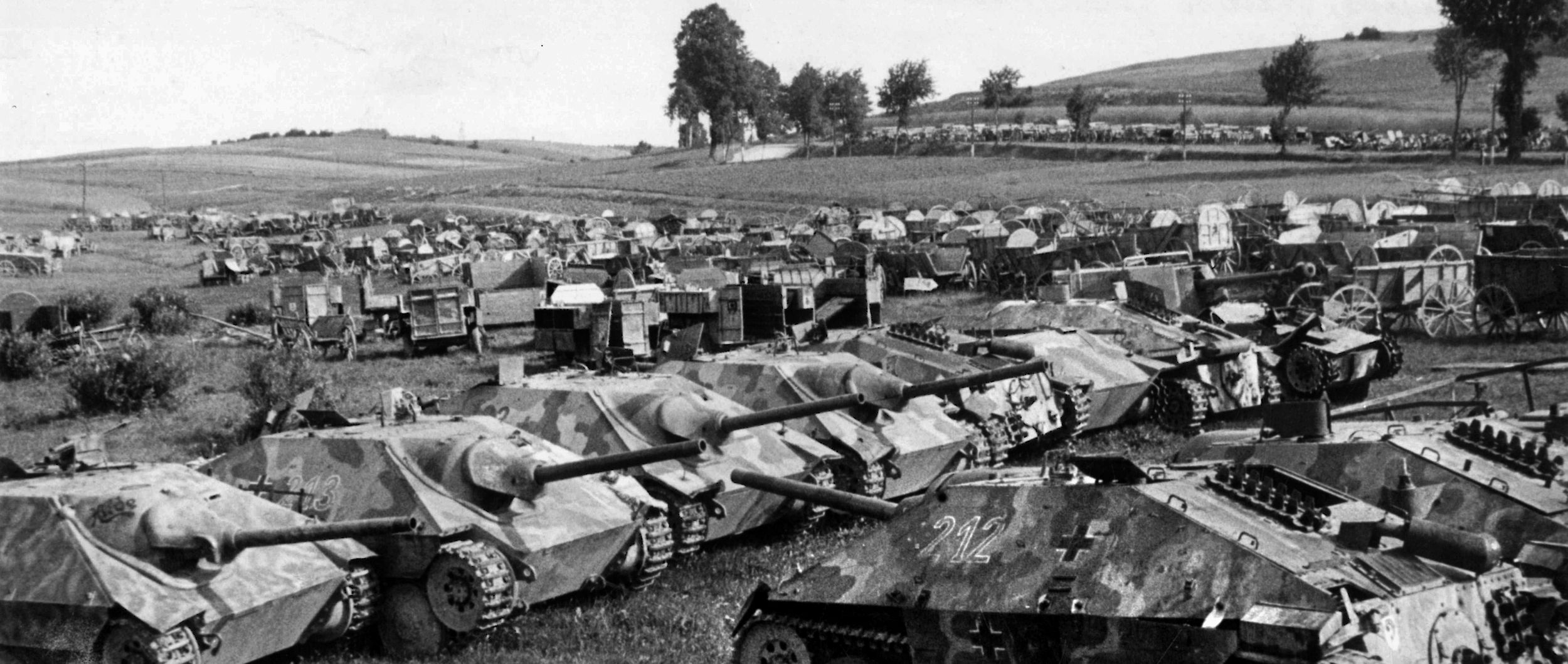
In fact, 1941 was the last year the Czech 38(t) tanks would serve in German panzer divisions. By early 1942, they acted as reconnaissance vehicles and were relegated to rear area security tasks such as guarding railways and anti-partisan sweeps. However, hundreds of 38(t)s and 35(t)s were employed by German allies such as Bulgaria, Rumania, and Slovakia in combat roles on the Eastern Front right to the war’s end. Over 1,414 PzKw 38(t)s were produced by Czech factories for use by Germany and its allies.
However, the PzKw 38(t) design had a second life when the Wehrmacht used its chassis for several gun mountings between 1942 to 1945. The German Marder III M tank destroyer mounted a German 75mm or captured Soviet 76.2mm gun in an open-topped compartment on PzKw 38(t) hulls. About 1,217 of these were built during the war.
The most effective vehicle based on the PzKw 38(t) chassis was the German Jagdpanzer 38(t), or “Hetzer.” Nicknamed the “Bushwacker” by the Americans due to this small well- armored tank destroyer’s ability to lie in ambush, this weapon was feared by the Western Allies. Flamethrower and tank recovery versions were also developed. A total of 1,577 Hetzers with 75mm guns were manufactured during the war. Altogether, Czech factories built nearly 3,700 self-propelled guns and 102 ammunition carriers based on the PzKw 38(t) chassis design during the war.
Although most of the Czech built 35(t) tanks which fought in World War II were fielded by the German Army, small numbers saw service with the Reich’s wartime allies. Designated R-2/PzFw, Rumanian 35(t) tanks fought beside the Germans on the Eastern Front. The Slovak Army also employed some 35(t) armored fighting vehicles. Their designation was the LT uz. 35. Bulgaria used a small number of 35(t) tanks first as frontline machines and then training vehicles once the Germans delivered to them the PzKw IV medium tank. That nation called its model the T-11. Hungary received some 35(t) models in March 1941 and used them for training purposes until 1943. They were referred to as the LT uz. 35.
Like the PzKw 35(t), the 38(t) model was used in limited numbers by Rumania and Slovakia during the war. The former country received some units in 1943 and designated them T-38s, while the latter nation referred to their consignments as Lt-38.
The impact Czech armored vehicles had on the progress of World War II was twofold. First, they greatly increased the fighting power of the German panzerwaffe early in the conflict far beyond their numbers. Second, the self-propelled guns based on the PzKw 38(t) chassis added both powerful technology and mass to a German Army badly in need of both during the latter stages of the war.
Arnold Blumberg is an attorney with the Maryland state government and resides with his wife in Baltimore County, Maryland.
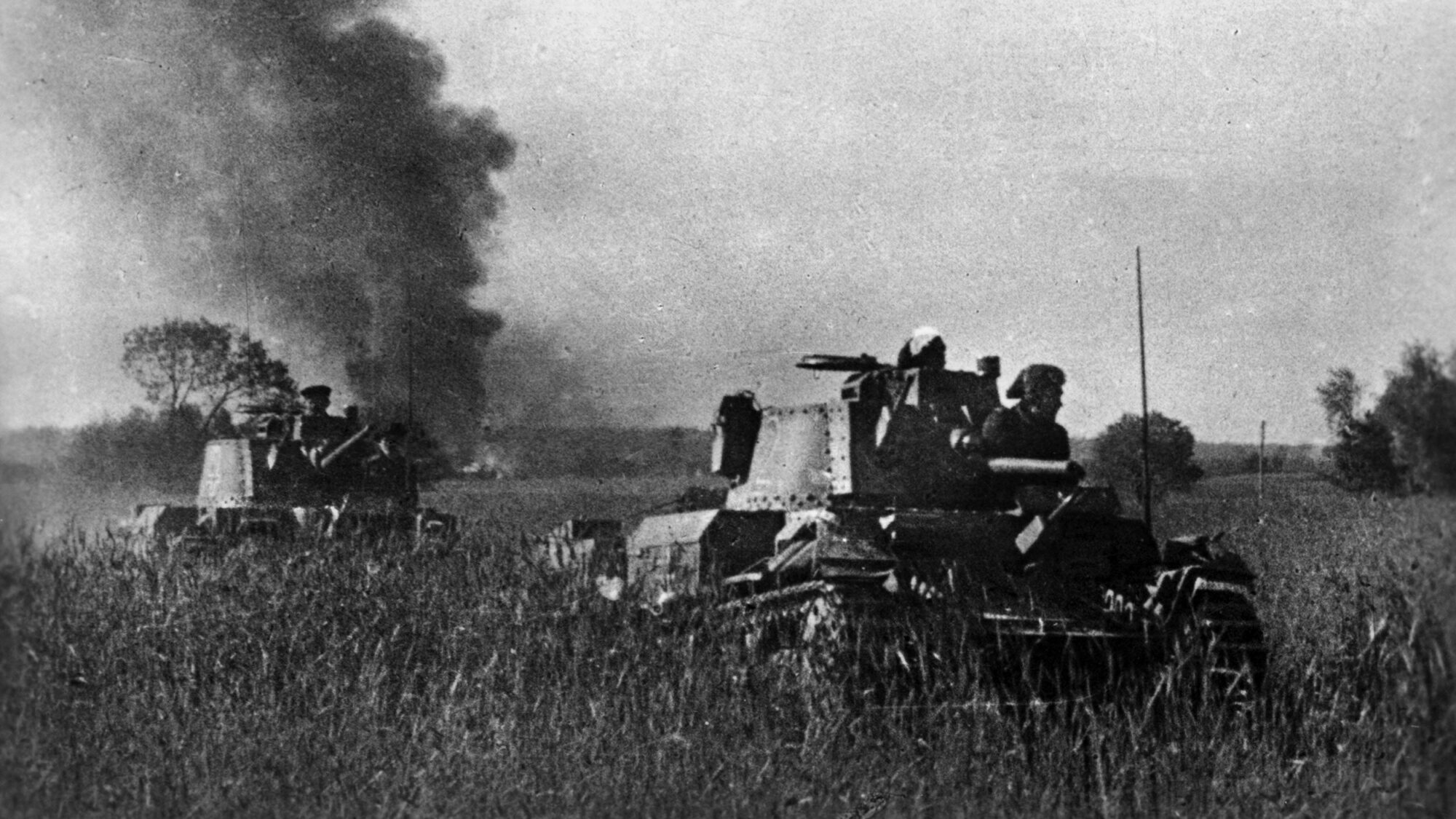
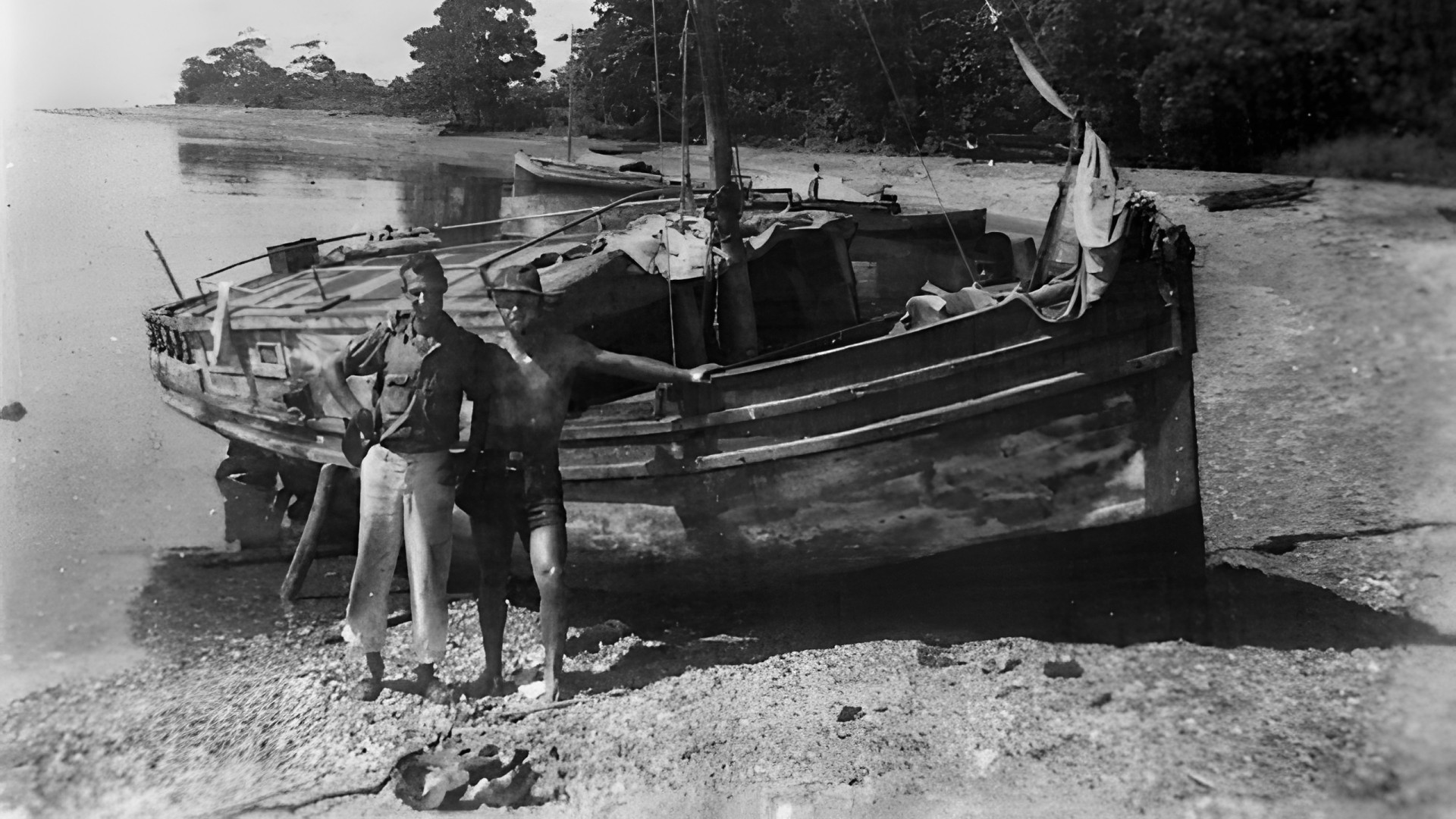
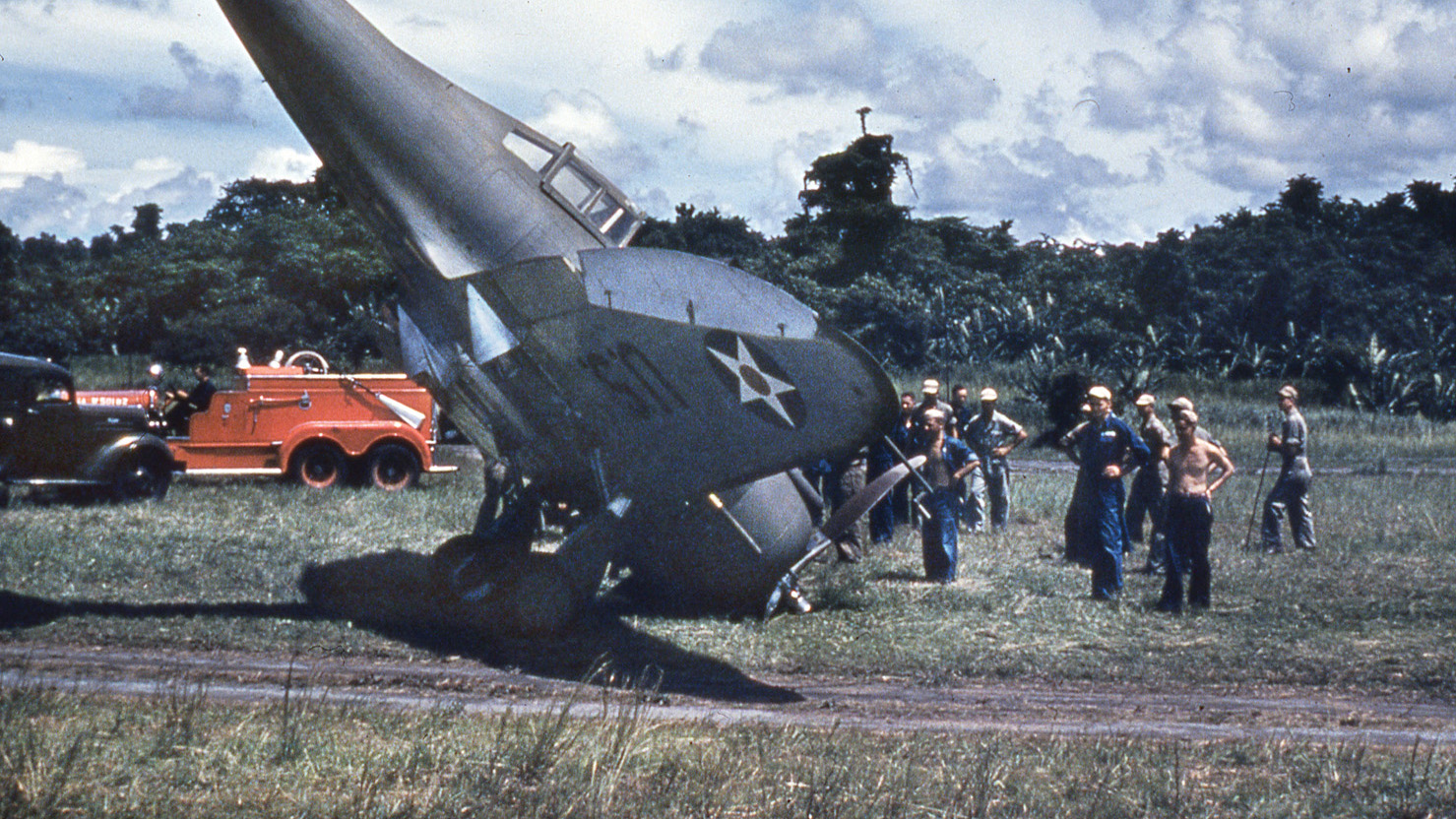
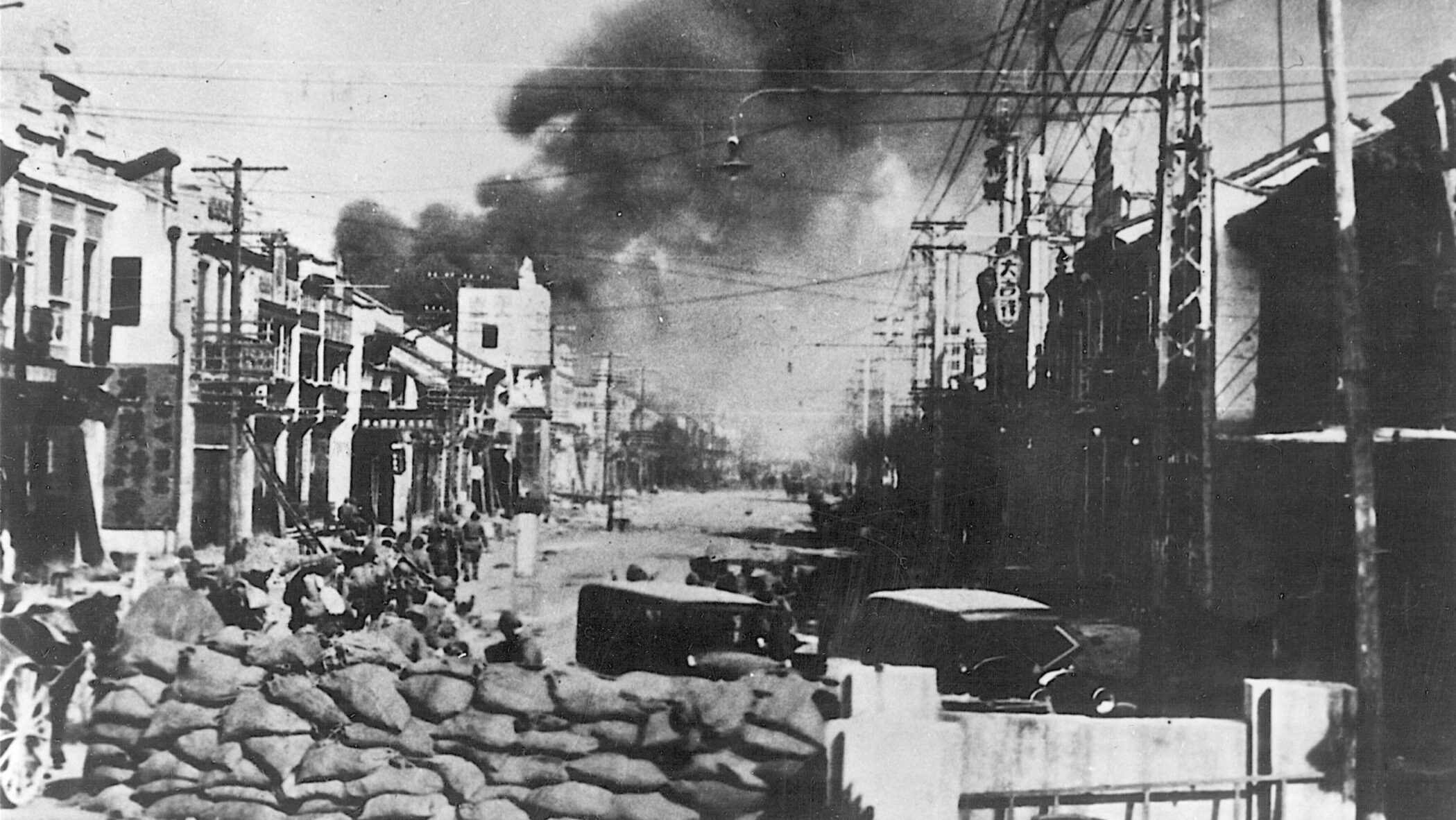
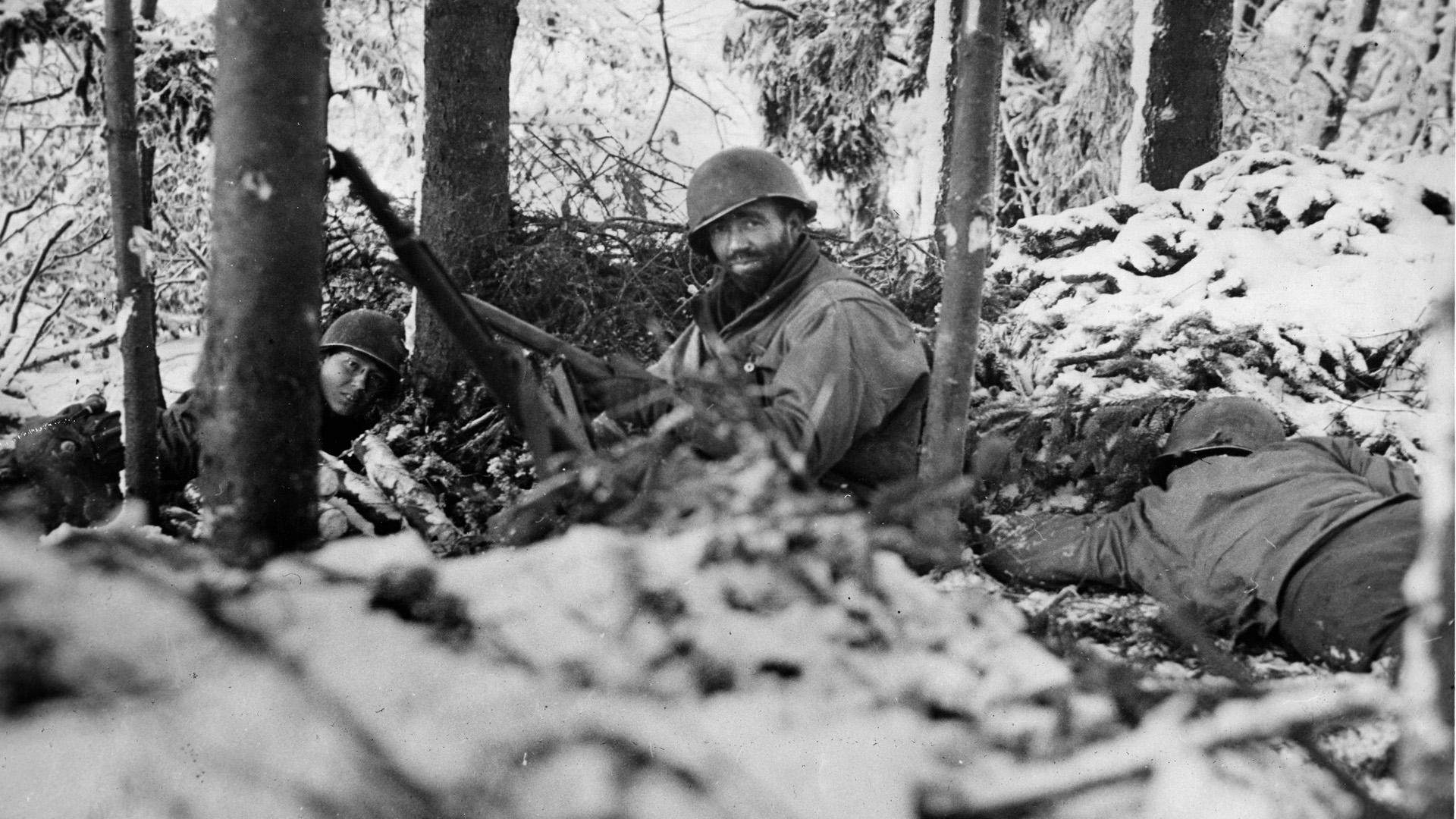
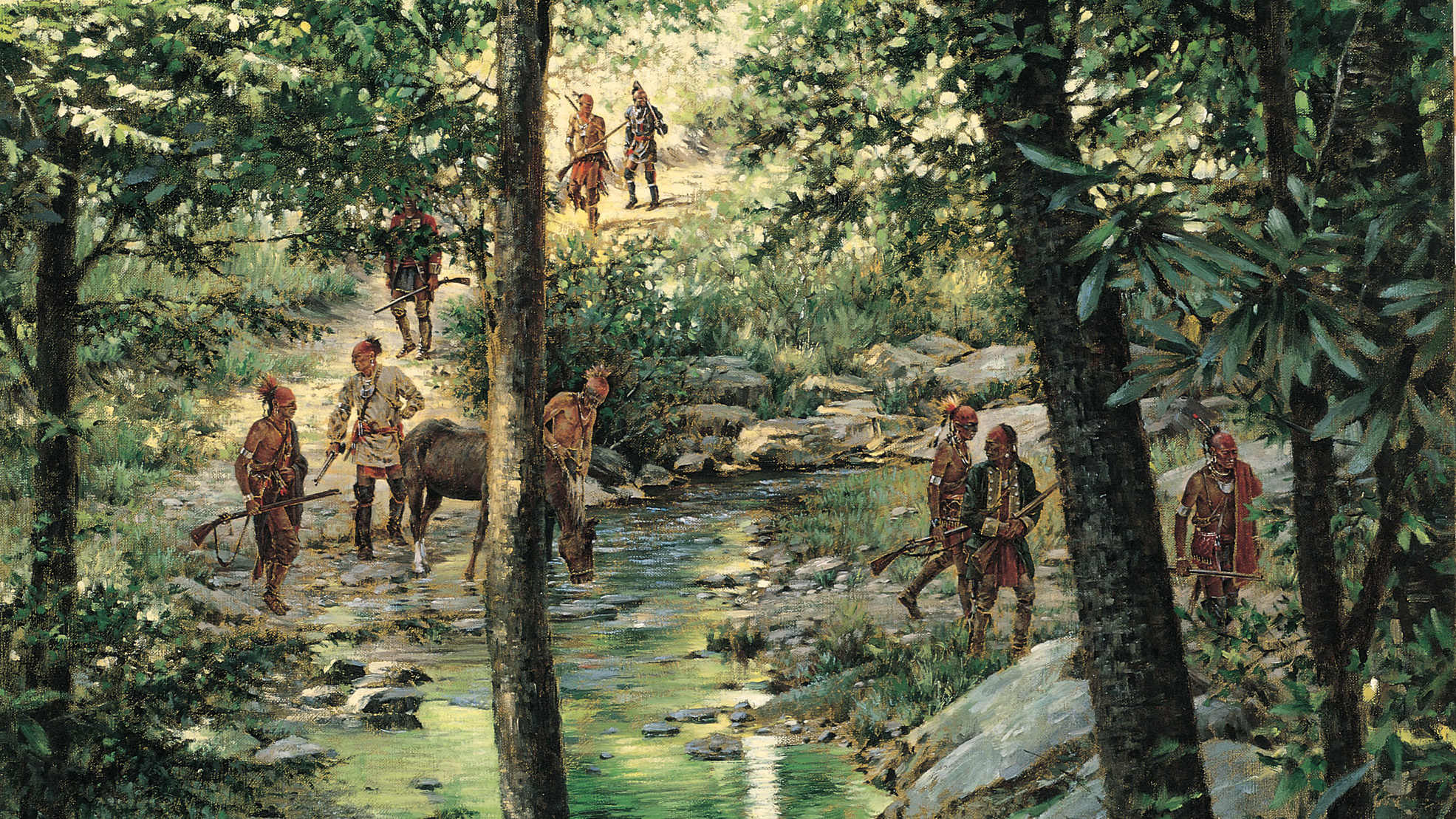
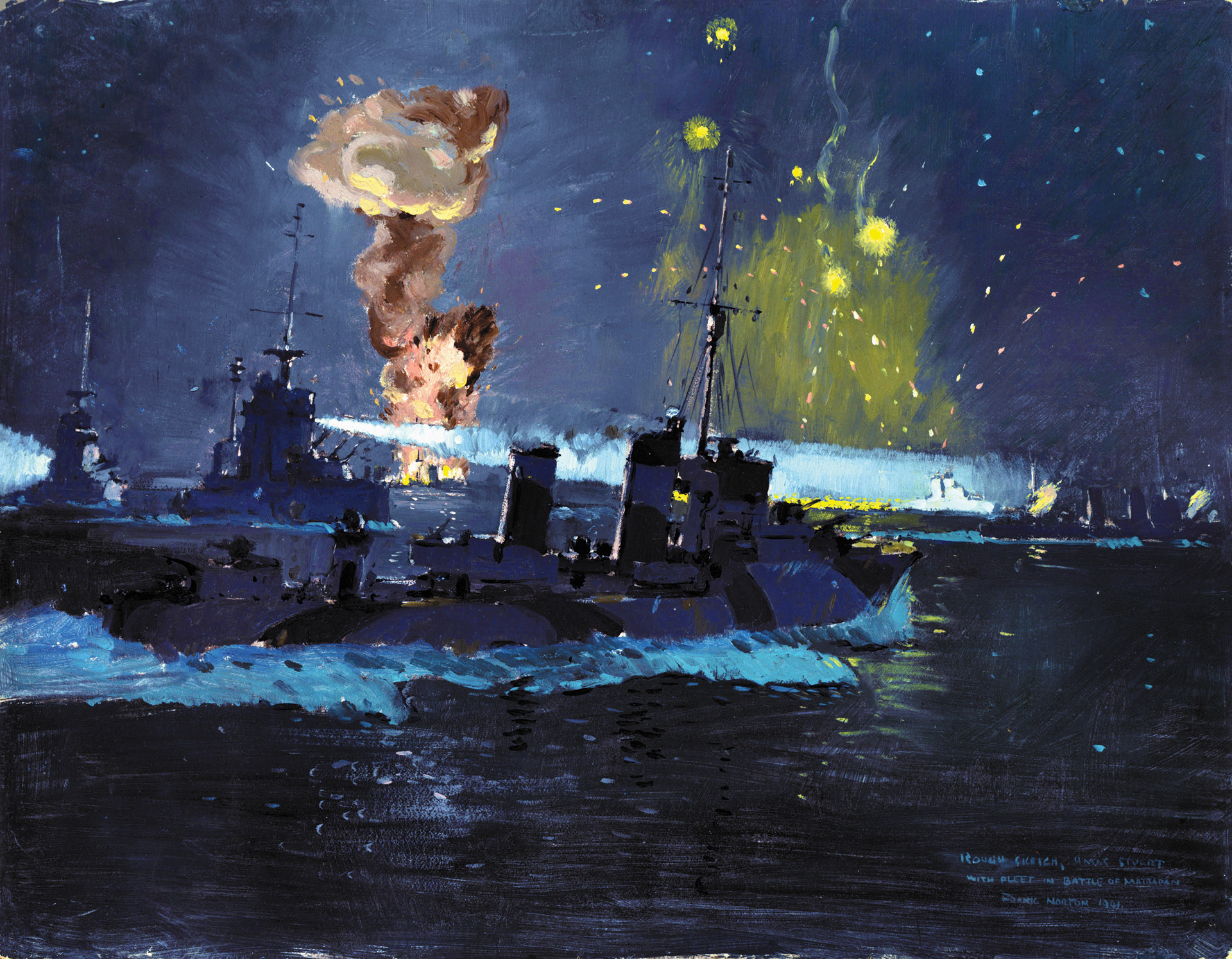
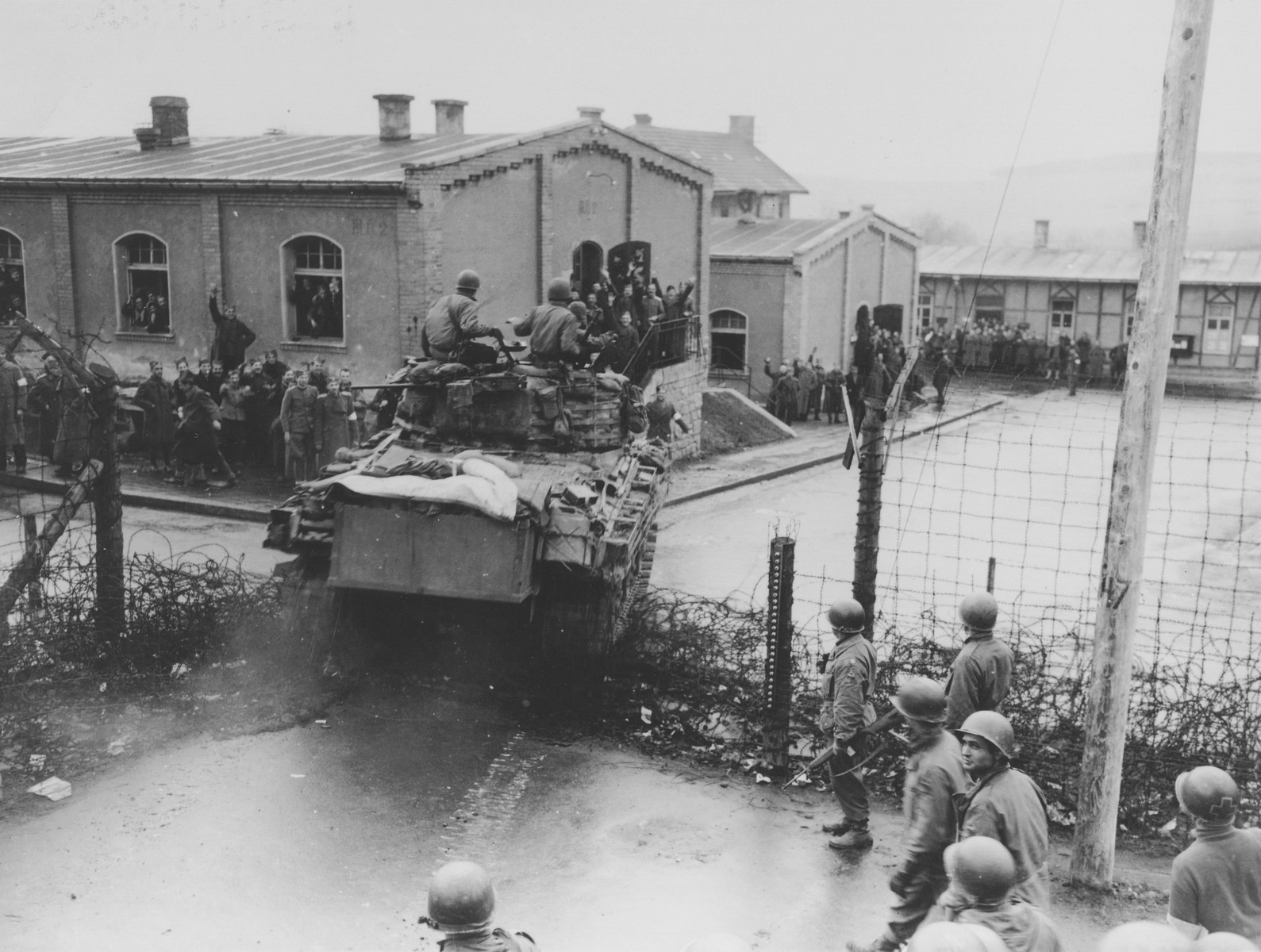
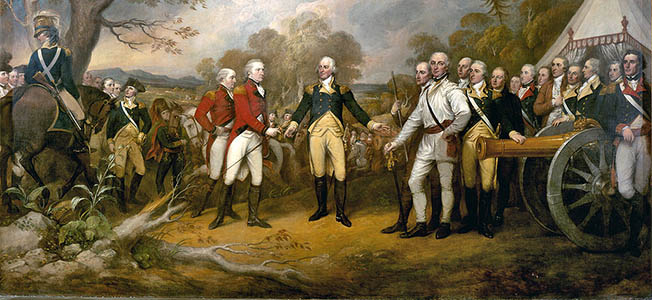
Join The Conversation
Comments
View All Comments